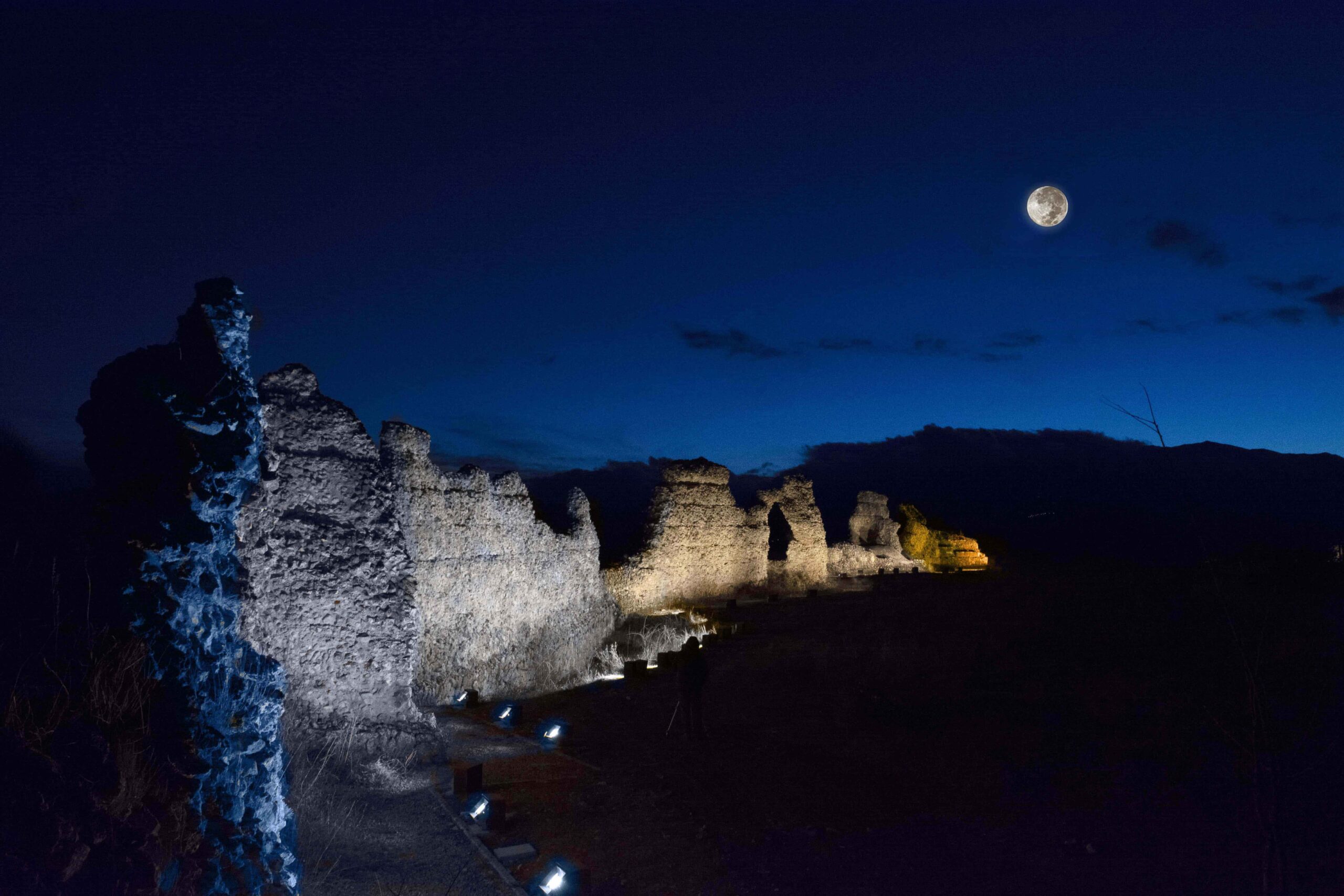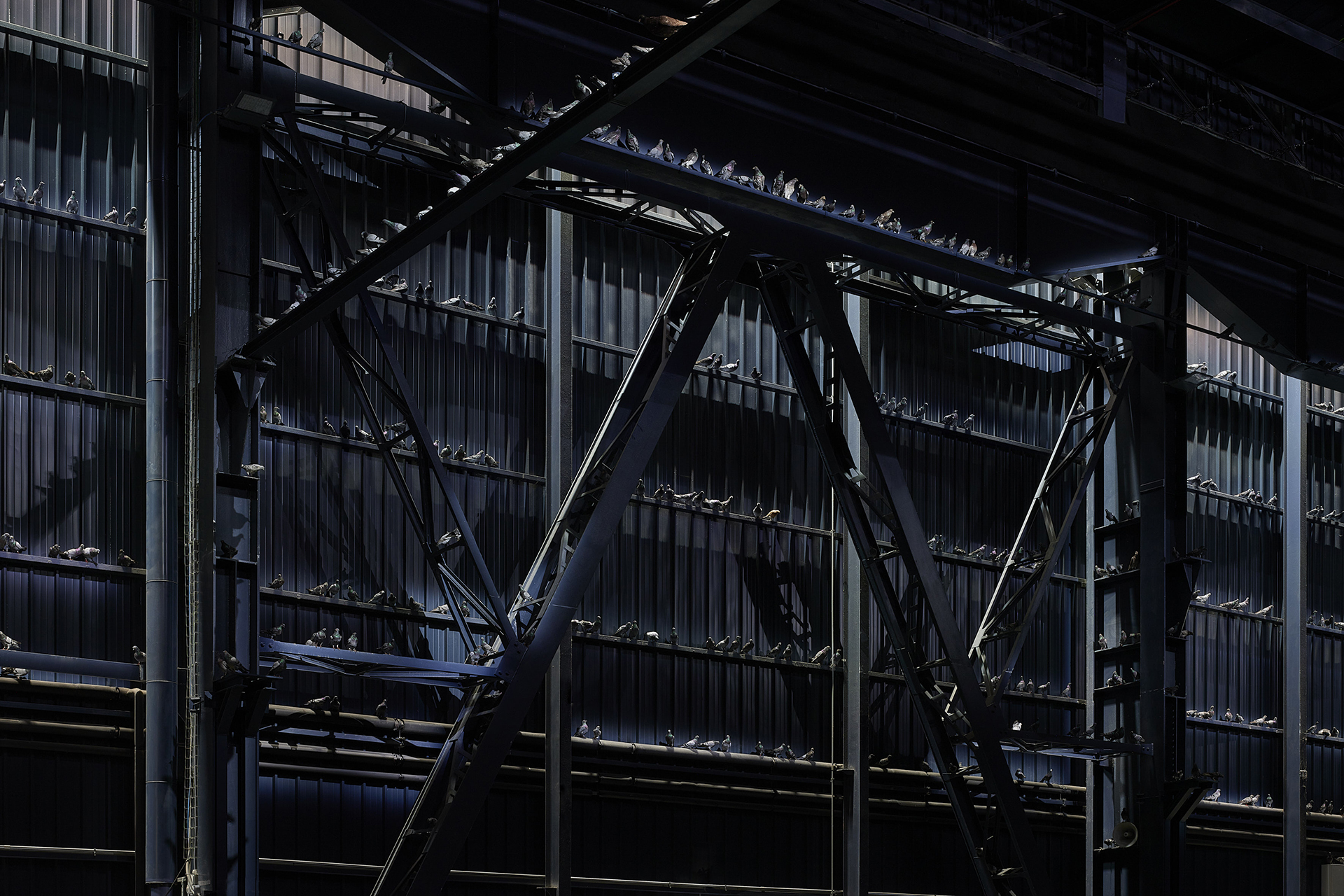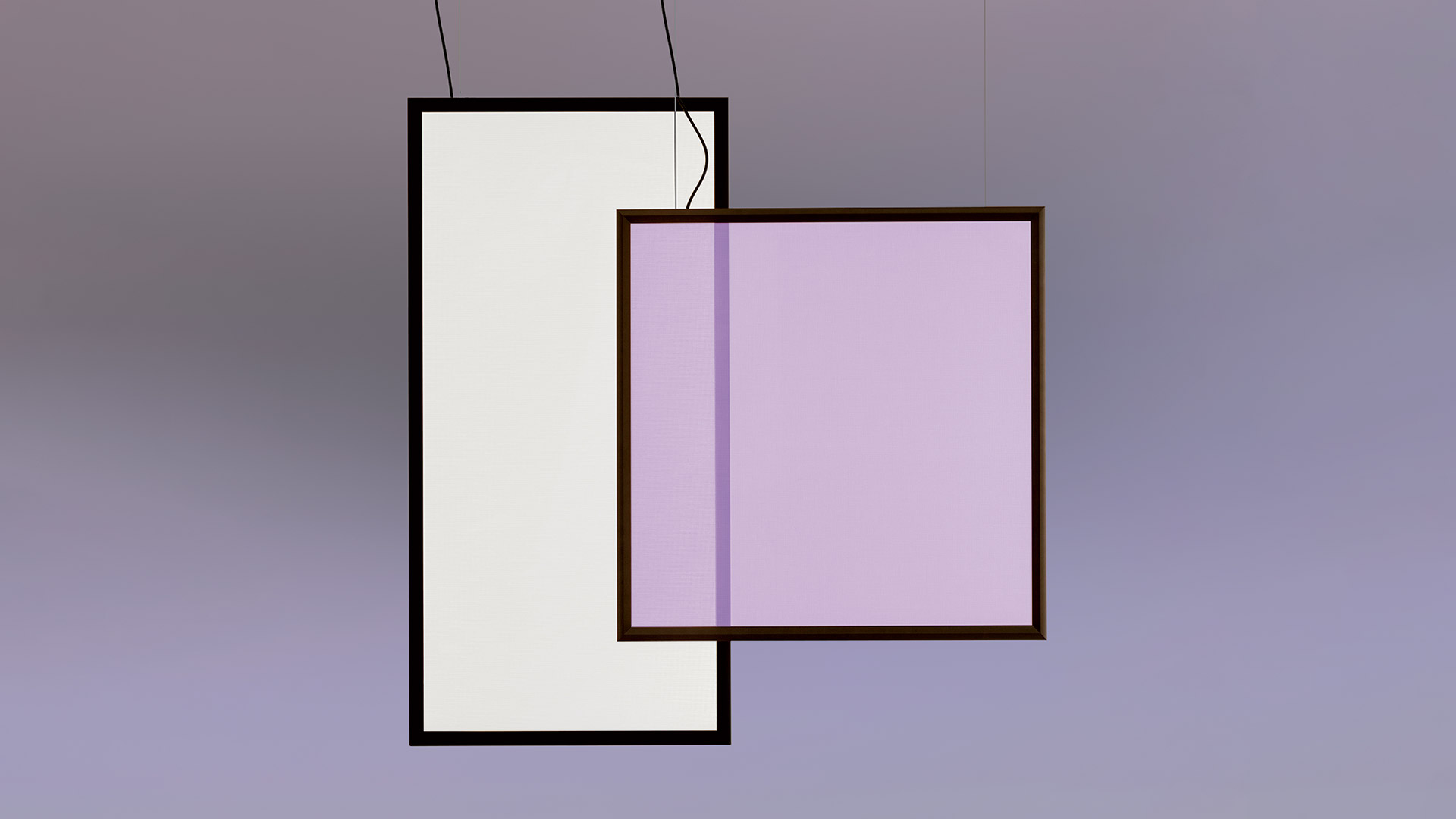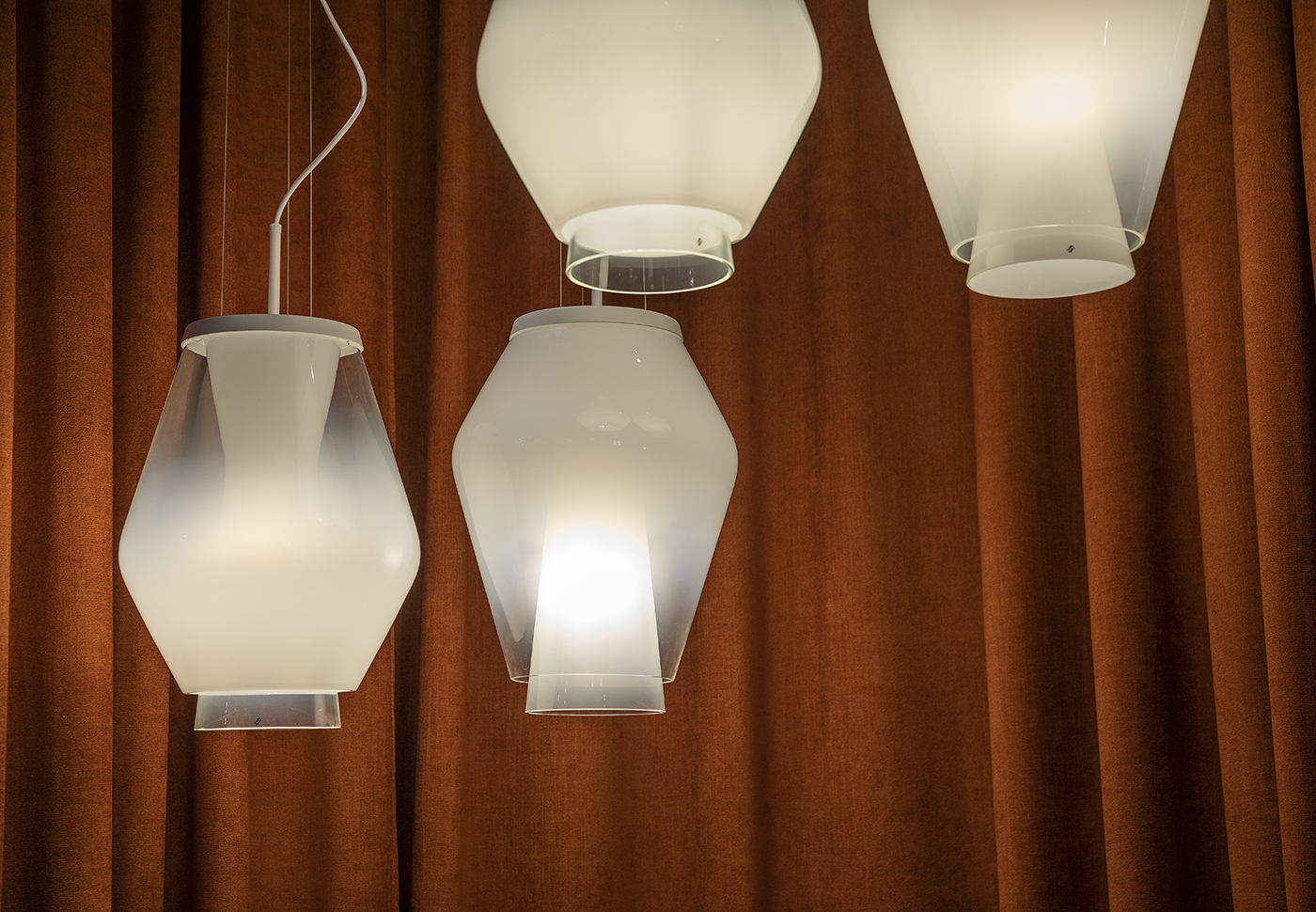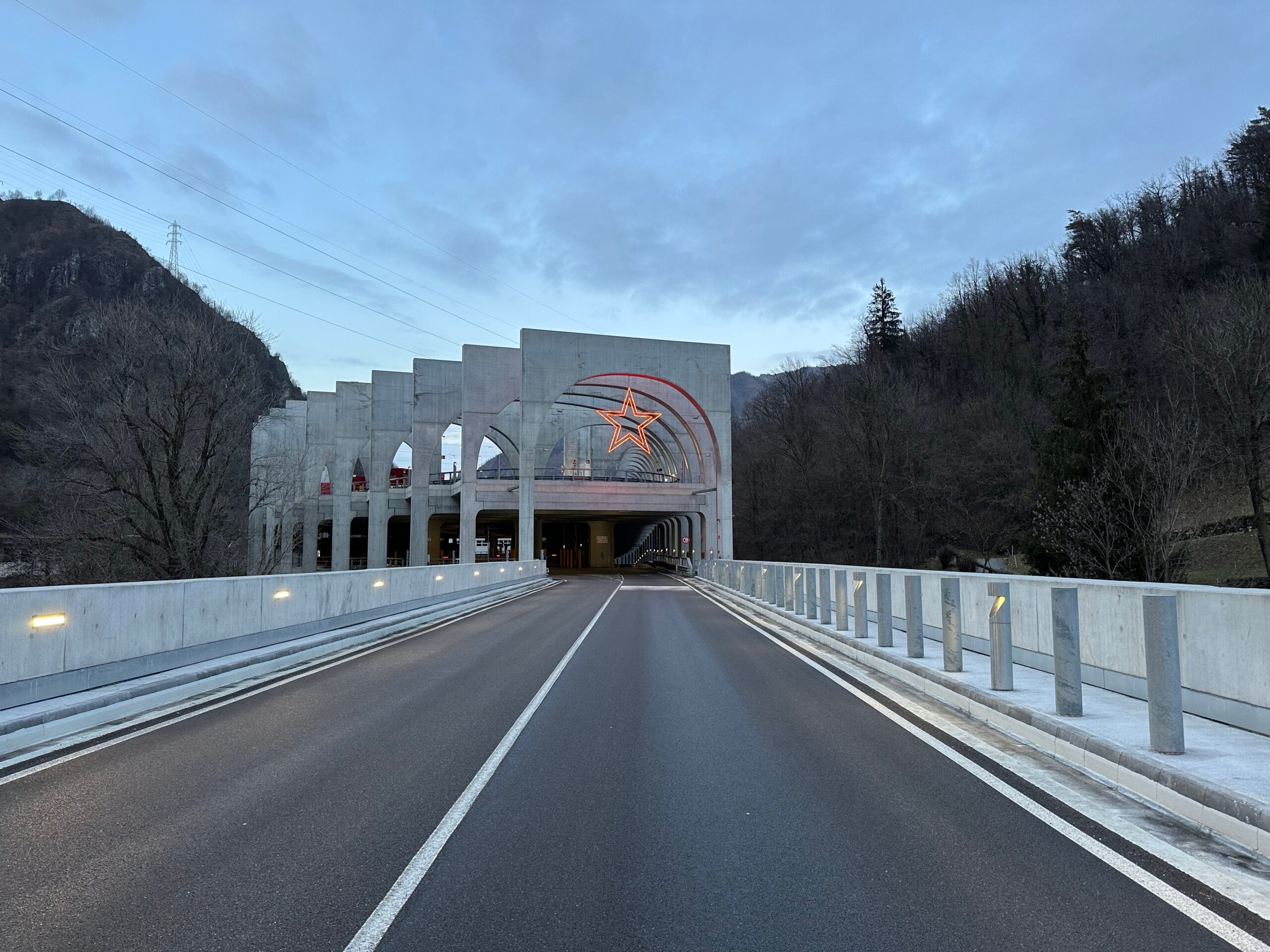Photo by Olivier Rimbon Foeller
There are artists who paint with brushes, and others who paint with light — and Christopher Bauder clearly belongs to the latter. Founder of the interdisciplinary studio WHITEvoid, creator of the technological ecosystem KINETIC LIGHTS, and inventor of Dark Matter, the permanent museum of light and media art nestled in the industrial district of Lichtenberg, Berlin, Bauder has redefined the concept of installation. In this interview, he guides us through his creative universe, where a highly distinctive design language rewrites our experience of space through light, sound, and technology.
In your work, light is never just illumination, but a living material that moves through space. How does the “shape of light” come alive for you? Is it an aesthetic intuition, an engineering plan, or something closer to emotion?
«My installations must, above all, be emotional experiences. The goal is to transform the viewer’s state of mind, even though a strong technological component is involved, which I try to keep as invisible as possible. People shouldn’t be thinking about the technical complexity; I want them to surrender to the sensory experience, feeling the combined effect of light, sound, and motion without worrying about how everything was built. Behind the scenes, about 50 people work with me, but once you step into the exhibition space, everything should feel magical, suspended».
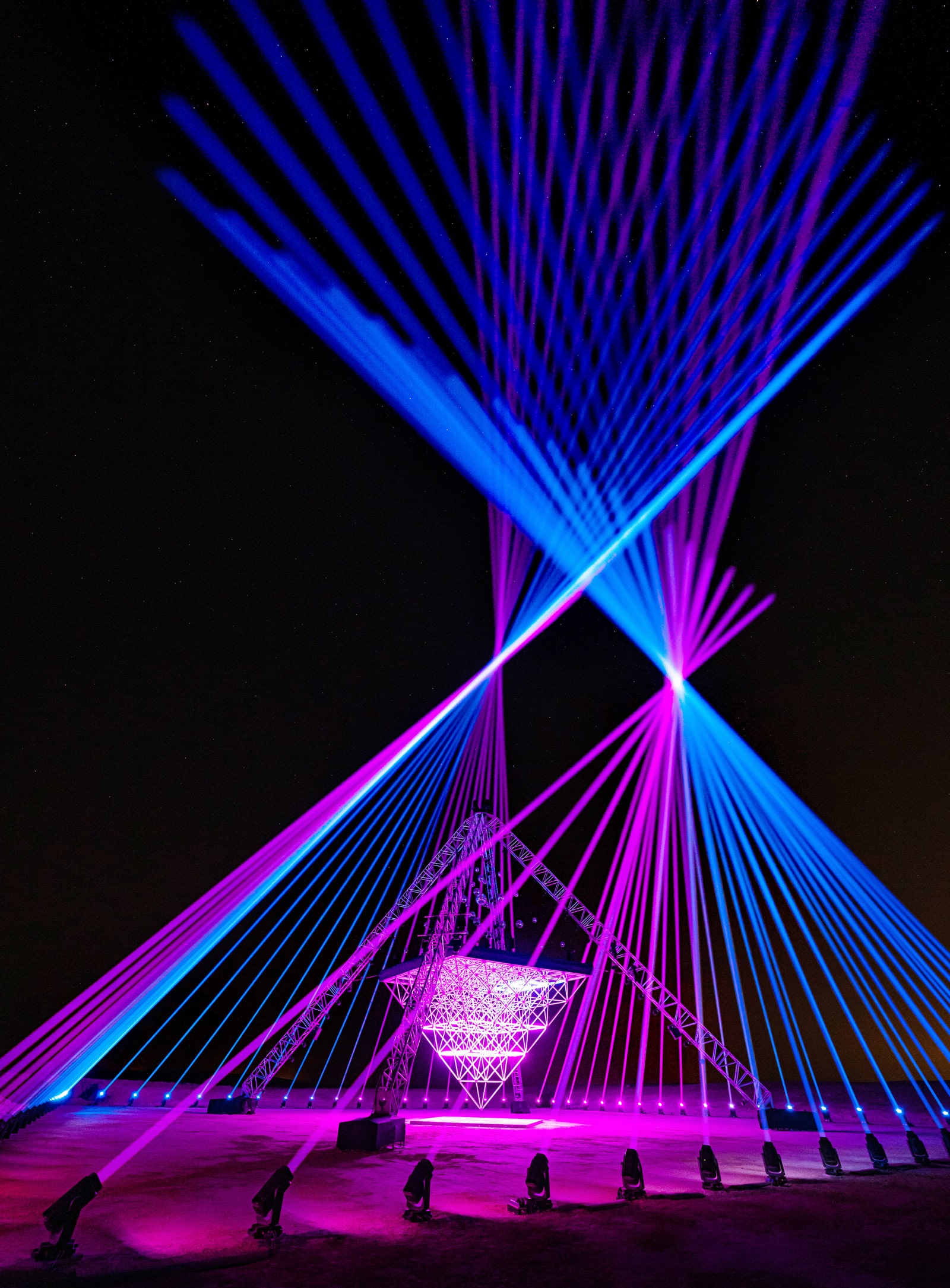
When you start a new project, where do you begin — from the space, the idea, or the technology?
«Usually, I start from three intertwined elements: the space — the environment hosting the work; the story or emotion— what I want to convey; and the technology — which I choose or design depending on the desired effect. But I never start from the technology. Intention comes first, and then I find or create the right tools to make it real».
Where do your ideas come from? What inspires you?
«My inspirations are many and diverse: nature, sci-fi films, futuristic novels… but also club culture. I grew up in the 1990s techno scene, and clubs are like parallel worlds with their own rules. I’m fascinated by how light, sound, and rhythm can alter human behavior. I try to bring that alternative dimension into my installations — that sensorial transformation».
You navigate between art, engineering, and entrepreneurship. How do these identities coexist?
«I’m involved in three different realities: my creative agency, which also develops projects for major brands; KINETIC LIGHTS, the company producing our kinetic lighting technologies; and, of course, my own artistic practice. These three worlds influence each other. An art project might generate a technology that is later applied commercially, or vice versa. I call myself an artist first, but I actually spend more time as an engineer, a manager, a designer. Still, even when working with brands like Mercedes or Coca-Cola, my approach remains artistic. For me, everything is art — just applied in different contexts».
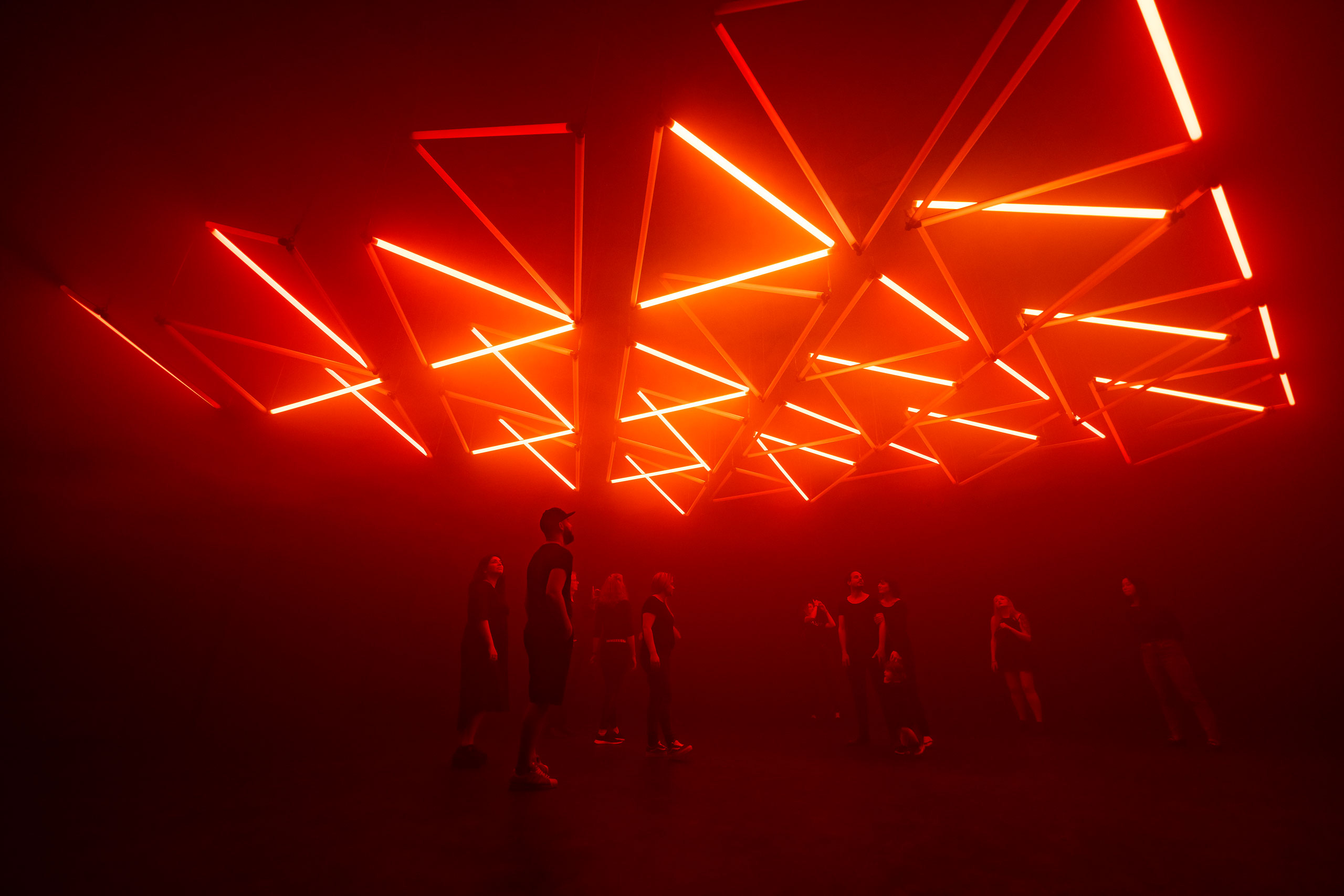
Everyone talks about light, but let’s focus on darkness — its opposite but complementary force. What role does it play in your work, especially in the DARK MATTER space?
«To me, darkness — or rather the absence of light — is the frame of my art. Just as a painting has a frame that separates it from the outside world, darkness defines the space of my work. When you step into one of my installations, you’re disconnected from daily life: maybe it’s sunny outside, but once you cross that threshold, the dark takes you to another world. That said, I don’t like entirely black, anonymous environments. I prefer places with character — industrial spaces, with history and architectural soul».
How important is experimentation in your process?
«Honestly, I don’t experiment much in the early creative phase. Ideas develop in my head; I take notes and sketch storyboards — it’s as if I can already see the final show. The real experimentation begins when we start building the installation and confront its physical reality: things might not work as planned, or better solutions may emerge. Another layer of experimentation emerges when we develop new tools, such as light motors or custom sound configurations. It’s a bit like learning to play a new instrument».
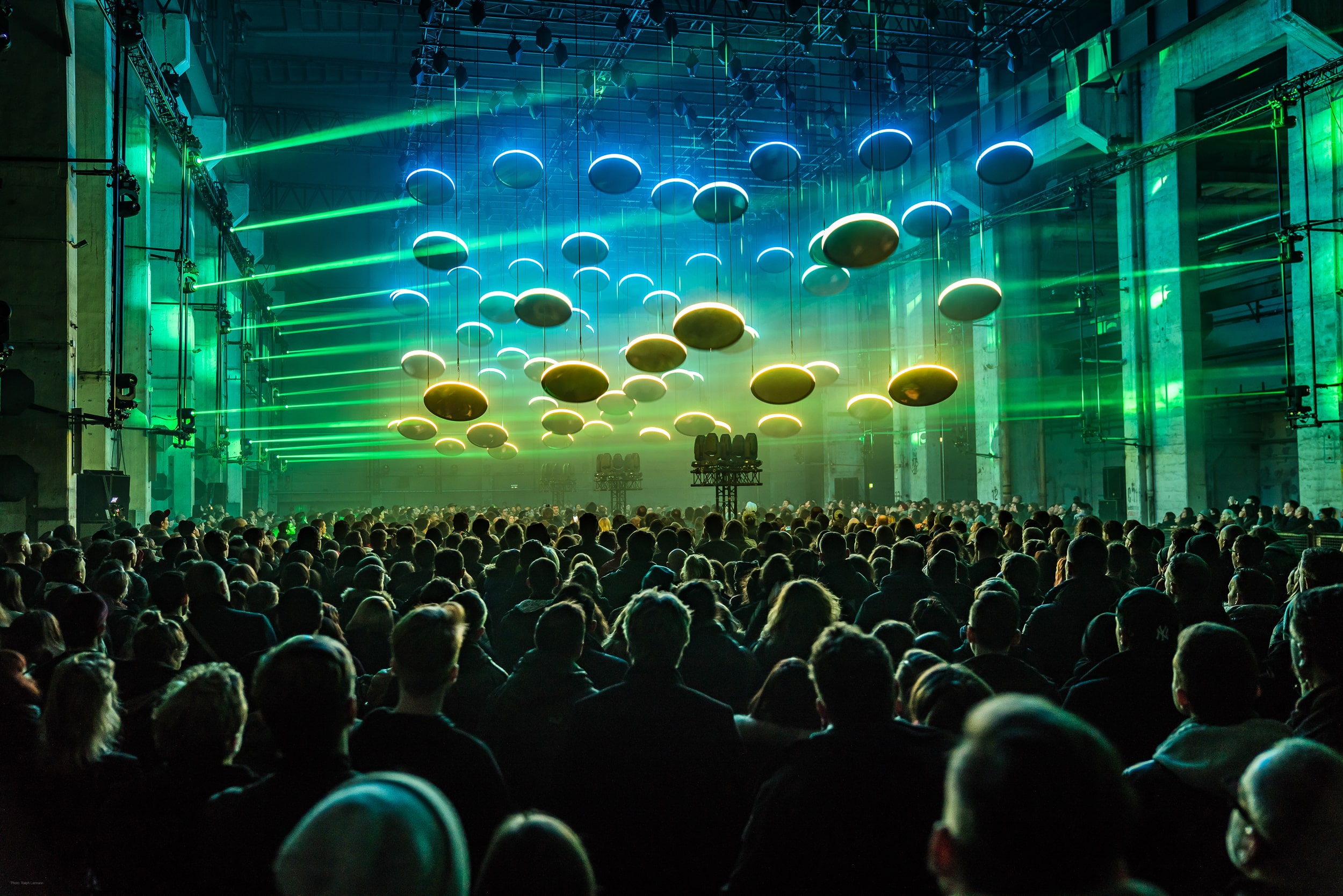
Sound plays a crucial role in your installations. How do you collaborate with musicians?
«It’s a parallel and synergic process, where music and visuals are born together. I love working with musicians who have a strong visual sense, who understand they’re creating an audiovisual piece, not just an album. It’s an ongoing dialogue: the music needs to leave room for the visuals and vice versa. It’s like ping-pong between sound and image— two languages building meaning together. I often collaborate with artists like Robert Henke and Kangding Ray, who have a deep sense of spatial sound, allowing us to craft 360° immersive experiences, where the audience is not in front of the show — they’re inside it».
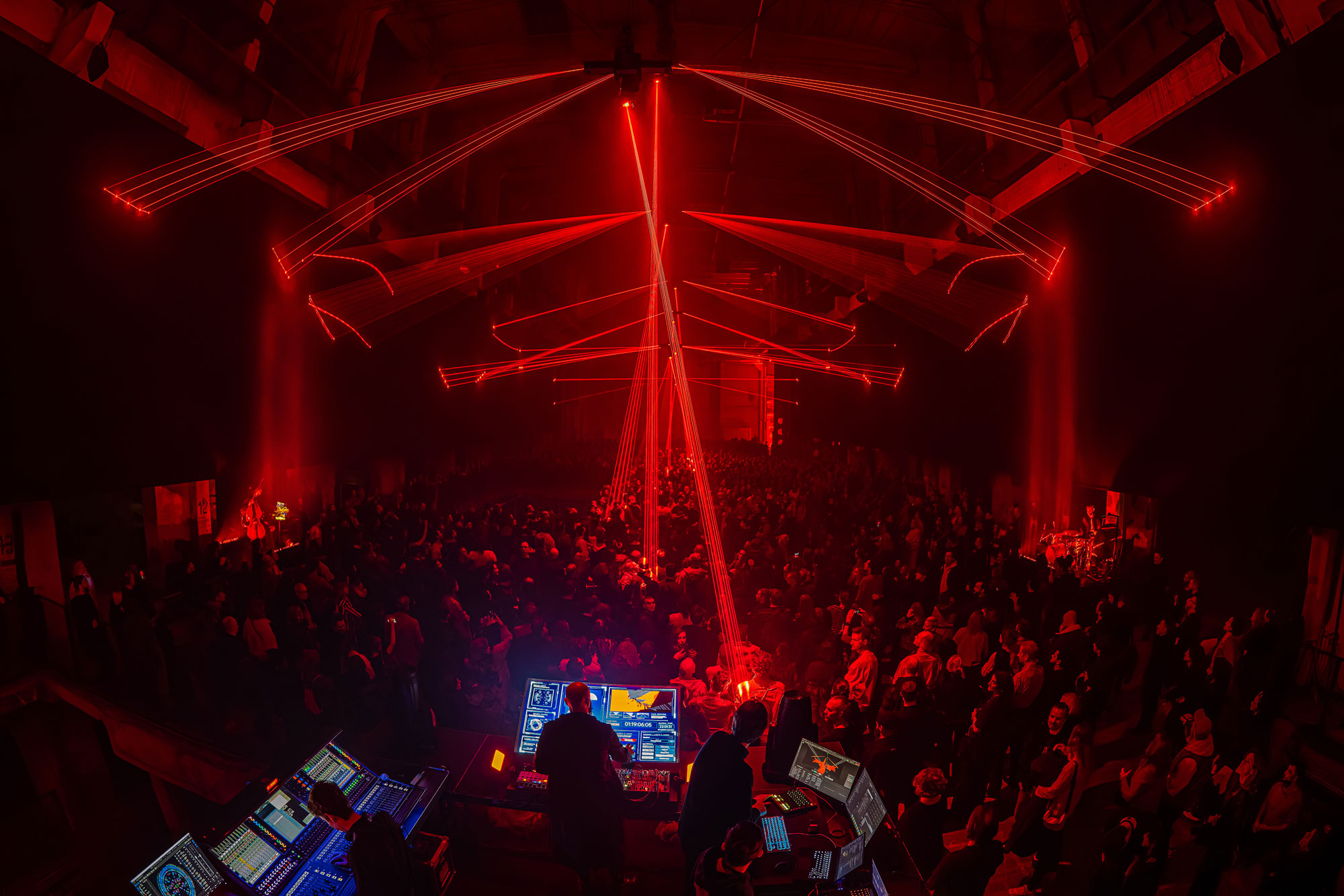
Has there ever been a moment when the collaboration between light, sound, and technology radically changed the outcome of a project compared to how you imagined it?
«Yes, absolutely. I think of the three works I created with Robert Henke. Atom was my first large-scale audiovisual performance, where I learned how to design for complex, expansive spaces. With later projects, such as Grid and Deep Web, we achieved a deeper level of mutual inspiration and emotional impact between sound and light. We didn’t want to just showcase the tech — we aimed to evoke intense states of mind. In another project, Skalar, I even composed parts of the initial score myself».
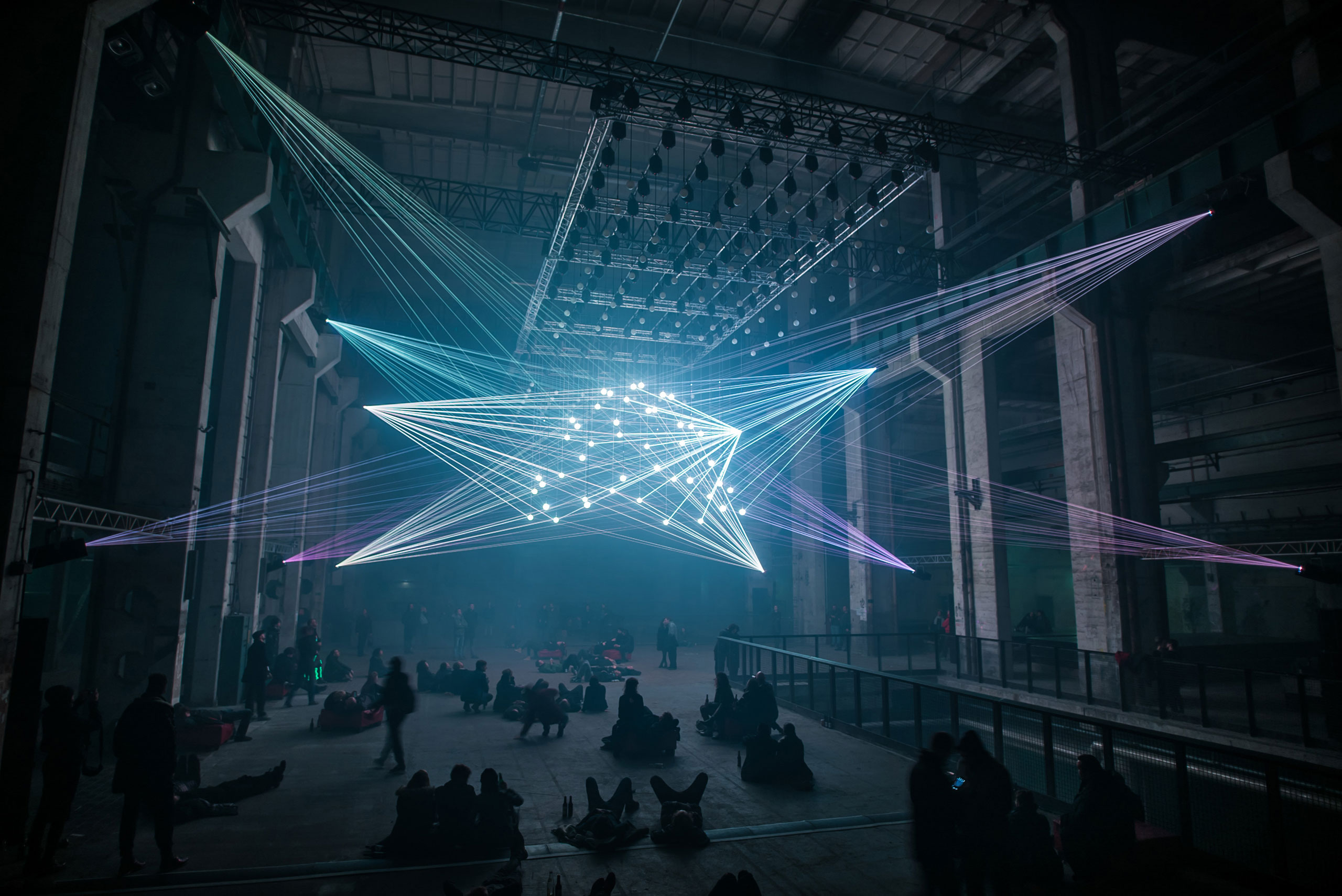
What do you hope the audience feels or carries with them after one of your shows?
«I’m not interested in just creating “pleasant” experiences. I want to take people on an emotional rollercoaster: sometimes I make them uncomfortable, push them into darker emotional spaces — then I lead them back to light, wonder, and beauty. Art, to me, is an invitation to open your mind, to look beyond your limits, and imagine new possibilities. I hope that when people step out of one of my shows, they feel transformed — even for just a moment. I try to build spaces where it’s possible to disconnect from the world and reconnect with yourself».
